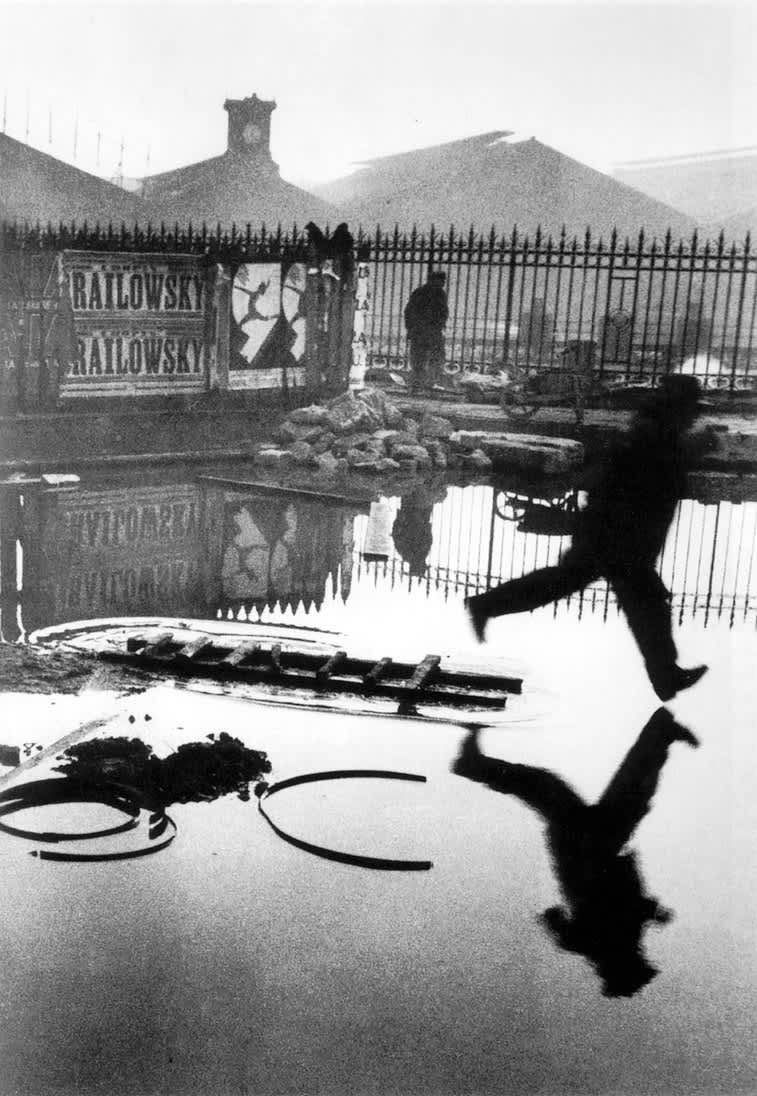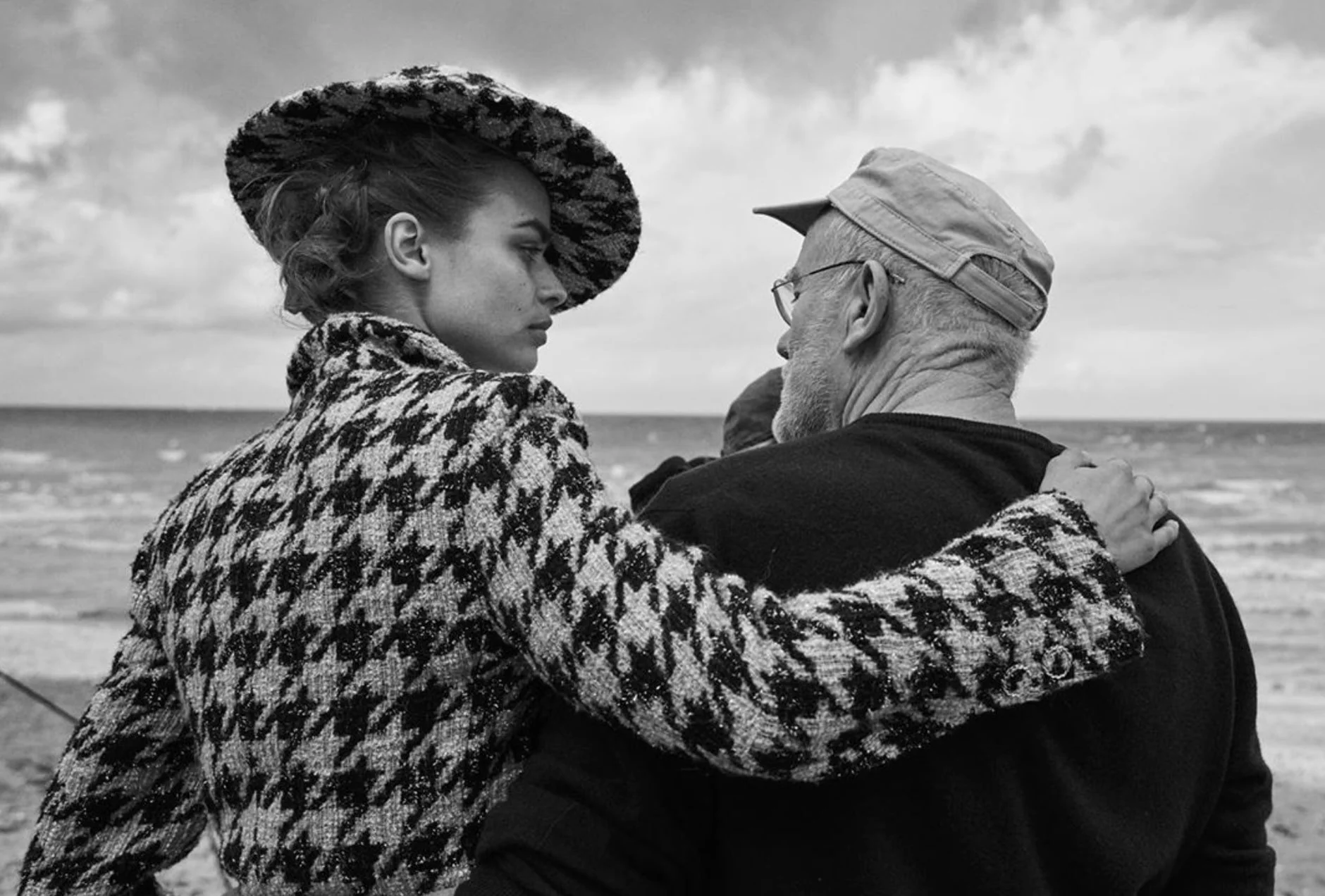ICONS

ICONS – Margaret Bourke-White: The Indestructible
Magaret Bourke-White was one of the most fearless, intrepid photographers that has ever lived. To call her anything else would be an understatement for a photographer whose work confronted some of the greatest injustices of the 20th century. Some put her capacity to be in these places at the right time down to a matter of chance. Was it?

ICONS – Elliott Landy: Music and Rebellion
Landy’s fundamentally political eye reflected the cultural landscape of the 1960’s better than most others. He understood that musicians like Jimi Hendrix’s anti-war sentiment were a line in the sand against the increasingly oppressive Vietnam war, and that he could proselytize their message to a massive audience with his photography. How did he reach this position of influence?

ICONS – Imogen Cunningham: Clarity vs Spirit
Imogen Cunningham created some of the clearest images photography has ever seen, dissecting botanicals and people into their most discrete parts. She has a grasp and focus on clarity that’s hardly been replicated over a century later, something that was trained over a primarily scientific education. Yet a large portion of her earlier work seems to completely contradict this sentiment, instead being focused on capturing a dreamlike quality defined by its blurred edges. How does one move so far from the artistic to the almost scientific, and what made Cunningham so good at both?

ICONS: Henry Cartier-Bresson
Henri Cartier-Bresson, often referred to as the father of modern photojournalism, redefined the art of photography with his philosophy of capturing ‘the decisive moment’. His work, a seamless fusion of storytelling and artistry, continues to inspire generations of photographers and viewers alike.

ICONS: Peter Lindbergh
Peter Lindbergh’s fundamentally subversive shooting style, capturing untouchable celebrities at their most vulnerable, changed the course of fashion photography. He created a space in which women were able to genuinely be themselves, even when this felt fundamentally dangerous. After his passing this ethos is beginning to be monetised against the stars it helped free. How did this happen?

Fotografxs
Taking a portrait of a fellow photographer is always a delicate challenge – Estela de Castro set out to do exactly that. Over the last 13 years, she photographed more than 140 of the great Masters of Spanish photography. Her analogue black & white portraits are classic, captivating and as honest as they can get.

ICONS: Chris Killip
One of Britain’s finest documentary photographers, Chris Killip was renowned for his stark yet poetic photographs of the North of England in the 70s and 80s. Against the backdrop of deindustrialisation and huge social change, he photographed individuals and communities who, he said, had history “done to them”.

Icons: William Klein
Painter, sculptor, fashion photographer and filmmaker, Klein dismantled and reinvented almost every medium he attempted throughout his 60 year career without a technical understanding of any of them. Klein’s innate sense of artistic expression permanently changed street photography and brought humanity to some of the most untouchable celebrities like Muhammad Ali.

Icons: Cindy Sherman and the self
Cindy Sherman’s personal use of disguise and transformation to photograph herself has been a powerful means of social critique for decades. However, how has it adapted to a landscape in which digitally cataloguing photos of oneself is expected?

Icons: Guy Bourdin: Opulence, Perfectionism, Perversion.
Bourdin’s relationship to narrative in his “live paintings” dominated 70’s fashion photography. However, does his predilection to confront the obscene in his work demean his subject?

Icons: Richard Avedon
Avedon’s stark portraits provided unbiased and humanising glimpses of the most influential sociopolitical figures of the 20th century. But can work based around such figures be as non-political as Avedon claims it to be?

Icons: Diane Arbus
Arbus’ unflinching look at the social “underworld” of 50’s and 60’s America balances between the exploitative and the revelatory, giving a platform to queer and disabled people at a time where it didn’t exist anywhere else.

Icons: Daido Moriyama
Moriyama’s nomadic, isolated lifestyle is reflected in his work as of one of the most influential street photographers of all time. He has documented the over-stimulation and anonymity of living in one of the largest cities in a world for over 50 years.

Icons: Bob Richardson
A look at how Richardson’s lost photos and repeated self destruction impacted his career, and how he introduced theatricality to fashion photography.
